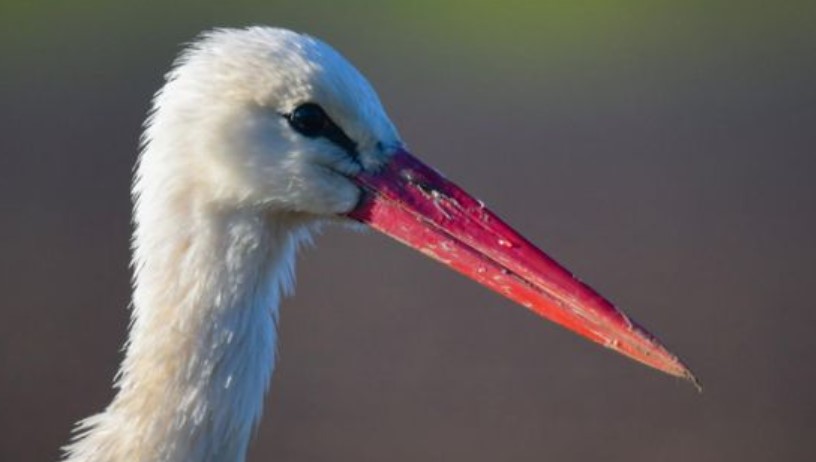Storks are amazing birds, to which numerous legends of various peoples attribute amazing qualities. Moreover, there are many different types of storks, sometimes completely different from each other.

- Not all storks are harmless. For example, marabou storks living in Africa are scavengers and predators. However, people there are used to them and pay no more attention to marabou than we pay to sparrows and pigeons.
- White storks inhabiting Russia fly to Africa and India for the winter.
- Storks feed not only on insects and frogs – they effectively fight against poisonous snakes, for example, with vipers, which storks also very much to taste.
- After wintering at the edge of the world, white storks return to their nests and put them in order. These birds are extremely attached to their homes.
- The oldest known nest of storks, in which many generations of these birds lived, was inhabited by them for 381 years.
- The diameter of the white stork’s nest can be up to one and a half meters, and the weight is up to 200-250 kg.
- A free male stork “marries” the very first female that arrives at his nest.
- Storks incubate eggs in turn – the female does this at night, and the male does it during the day.
- There were recorded cases of fires in storks’ nests and at the same time the buildings on which they were located. This was due to the fact that storks, as a building material, grabbed the still-smoldering branches from the fires and carried them to the nest.
- Storks ruthlessly throw out weak and sick chicks from the nest.
- Stork chicks begin to learn to fly at the age of two months.
- The stork population in Italy was completely exterminated in the 17th century.
- Going to winter in warm regions, storks cover a distance of up to ten thousand kilometers.
- Storks sleep, standing on one leg, and they change legs without waking up.
- An interesting fact – black storks settle away from people, and white ones, on the contrary, as close as possible.
- Storks communicate with each other, hissing and clicking with their beaks, as they cannot “pronounce” any sounds, except for a quiet squeak, due to the peculiarities of their structure.

